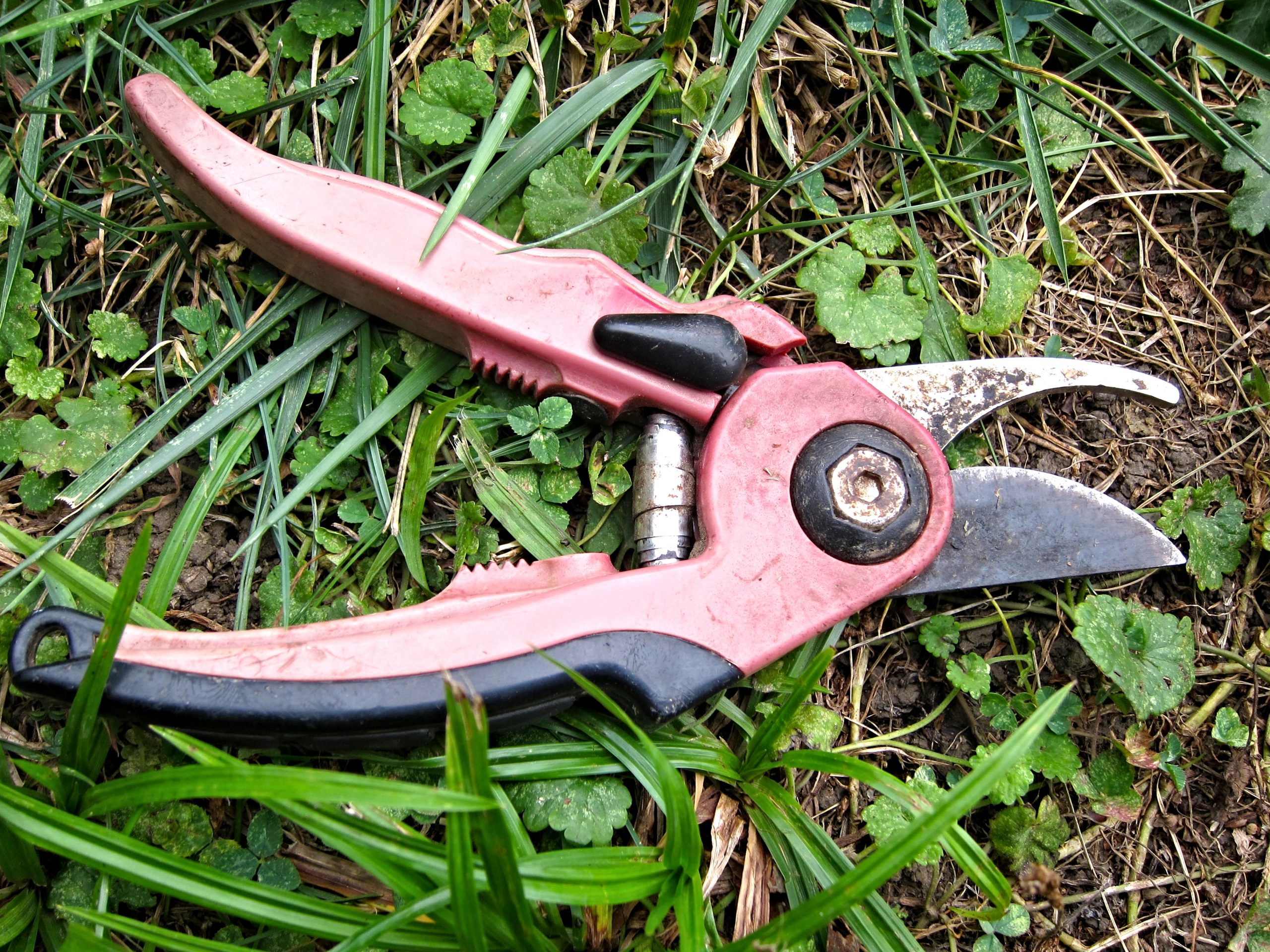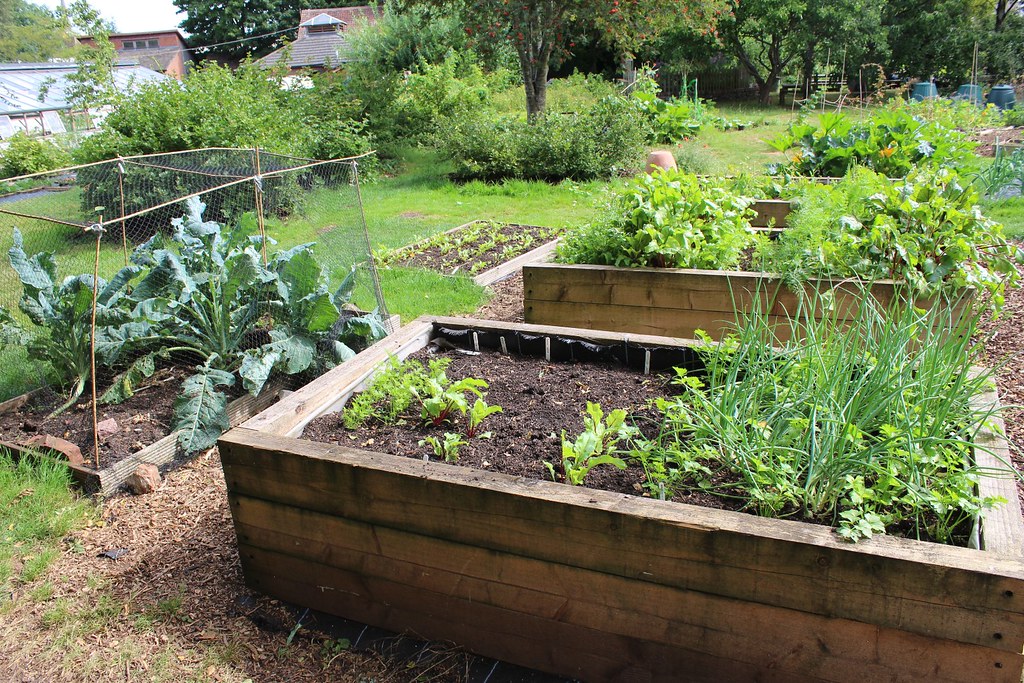Now that quarantine has kept us from doing normal work, some have found themselves with nothing to do. The easiest solution to avoid idle hands is to take up a hobby that requires being indoors, like reading a book, learning new recipes, painting, and even starting a collection! Not only will you benefit from this (read more), but you will also acquire a new life skill.
Still, in our experience, one of the most rewarding hobbies you can take up is gardening!
For a beginner, it is hard to pinpoint precisely where you should start. Gardening may seem simple, but as you progress in your “green” journey, you will find it becomes more and more complex. However, if you came here finding the most straightforward and comprehensive guide that explains the equipment you need to get started, then you are in the right place!
Basic Gardening Tools You Will Need
When buying your gardening tools, remember that buying cheap does not mean a reduced quality of plants or poor growth. Tools may help you do the job with more ease, but the real skill lies in your knowledge, practice, and love in the act of gardening. With that said, some of these tools may have a cheaper version. Therefore, do not be afraid to choose them in case your campaign is working on a tight and limited budget!
01. Gloves for Gardening

Your gloves will become your best friend in gardening, you’ll see! That said, expect this to be the most worn out in a short amount of time too. Pick a pair of gloves that are neither too bulky nor too flimsy. Rubber becomes the best choice here, as it is waterproof, dirt-proof, can work with any type of soil, can withstand dry or muddy ground, and can provide satisfactory protection against splinters and thorns. The only downfall with this type of glove is if you have an allergic reaction to rubber or latex.
If that is the case, the next choice would be thick leather gloves. Though this choice is on the more expensive side, you can purchase second-hand ones or choose the cheapest one available in the market that still boasts good quality. Cheaper options might not be as durable, comfortable, and astounding in quality as goatskin leather, but they can provide your hands with the complete protection they need. Plus, leather is more breathable than latex, which lessens the possibility of rash and itch.
02. Shears for Pruning

Not particularly the second most necessary gardening tool for beginners (this list is not ordered in any significant manner) but still a great addition. Pruning shears are great if you plan to grow invasive plants in your garden. Invasive trees, bushes, or stalks get out of hand if you fail to trim them occasionally. They will grow wild and get in the way of your other plants, which is not a very good scenario, especially if those timid plants are flora or vegetable-bearing ones.
Anvil-type shears are great for trimming thin branches or dead wood, as the sharp blade meets a flat surface. On the other hand, scissor-type pruning shears are for general use for shrubs, plants when harvesting, or just simply trimming off dead leaves and stalks. Make sure the shears fit your hand snuggly, not weighing too heavy lest your wrist will get injured after more extended periods of use.
03. Wheelbarrow

If your plot of land is not very healthy from the get-go, you will likely have to supply rich, fertile soil here and there. You will need a pretty sturdy wheelbarrow to get the job done! If your area is bigger than a normal backyard garden, all the more reason to get a wheelbarrow for transferring soil, seedlings, and other necessary items! If you decide to buy one, it is imperative to choose the best gardening wheelbarrows for you. It is more than necessary to choose top-tier quality if you wish to use this tool for a long time.
The type of wheelbarrow you need depends on a variety of factors but generally speaking, any type will get the job done at the end of the day. If you find yourself with back problems or hands that easily get blistered, choose a better quality wheelbarrow, one that either has padded handles or a single handle, two-wheel type.
04. Watering Can

Need we say more? Why, yes! After all, there are different types of watering cans in the market if you’re particular about the material. Watering cans come in metal, plastic, and some even come in ceramic. However, if you seek practicality and durability in one tool, you can choose a thick plastic watering can.
This type is both lightweight and mobile, making sure you don’t sprain your wrist or injure your arms from pouring and carrying it everywhere. It is also generally unaffected by corrosion and rust. Plastic watering cans are also child-friendly and come in many different shapes, sizes, and colors.
05. Hand Trowel

Another tool you need to have with you is your hand trowel. This gardening tool undeniably becomes your best friend at the beginning of your gardening process – next to your gloves, of course! Hand trowels help you dig up soil for you to sow your seeds in, transfer seedlings to the ground, and become necessary if you want to re-pot a plant. Most importantly, it becomes a great counter dig up pesky weeds growing all over your plants.
Choose a lightweight trowel made of stainless steel. You can purchase two types: a broader scoop for transferring soil from one place to another and a narrow one to dig up weeds and rocks. A narrow scoop ensures you don’t damage the roots around the plant as you dig-up the invasive weeds growing around it.
Tips for Gardening
01. Know What You Want to Plant


What your garden will become ultimately lies in the types of plants you decide to grow in it. Do you want to grow a vegetable garden or focus entirely on flowers? The existing knowledge you have will play a big part in this as well.
02. Choose the Right Location for the Right Plant
Some plants prefer being in the sun all day, while others easily wilt due to too much sunlight. For example, vegetables like broccoli and celery prefer to grow in the shade, while cactuses prefer the sun all day. That’s why it’s essential to research your plants before you decide where to place them in the garden.
03. Improve the Quality of Your Soil

It never hurts to use fertilizer to make sure your plants grow healthy and strong. Some types of soil, especially those in residential areas, are less than ideal to facilitate plant growth. Dried leaves, grass clippings, and other ingredients make good ingredients for natural and effective compost.
In the end, gardening is a great hobby! It’s enriching and therapeutic – you will find yourself loving the green life in no time!
You may love to read following articles:
7 Ways to Keep Your Garden Healthy
How is Gardening Good for Your Mental Health?




